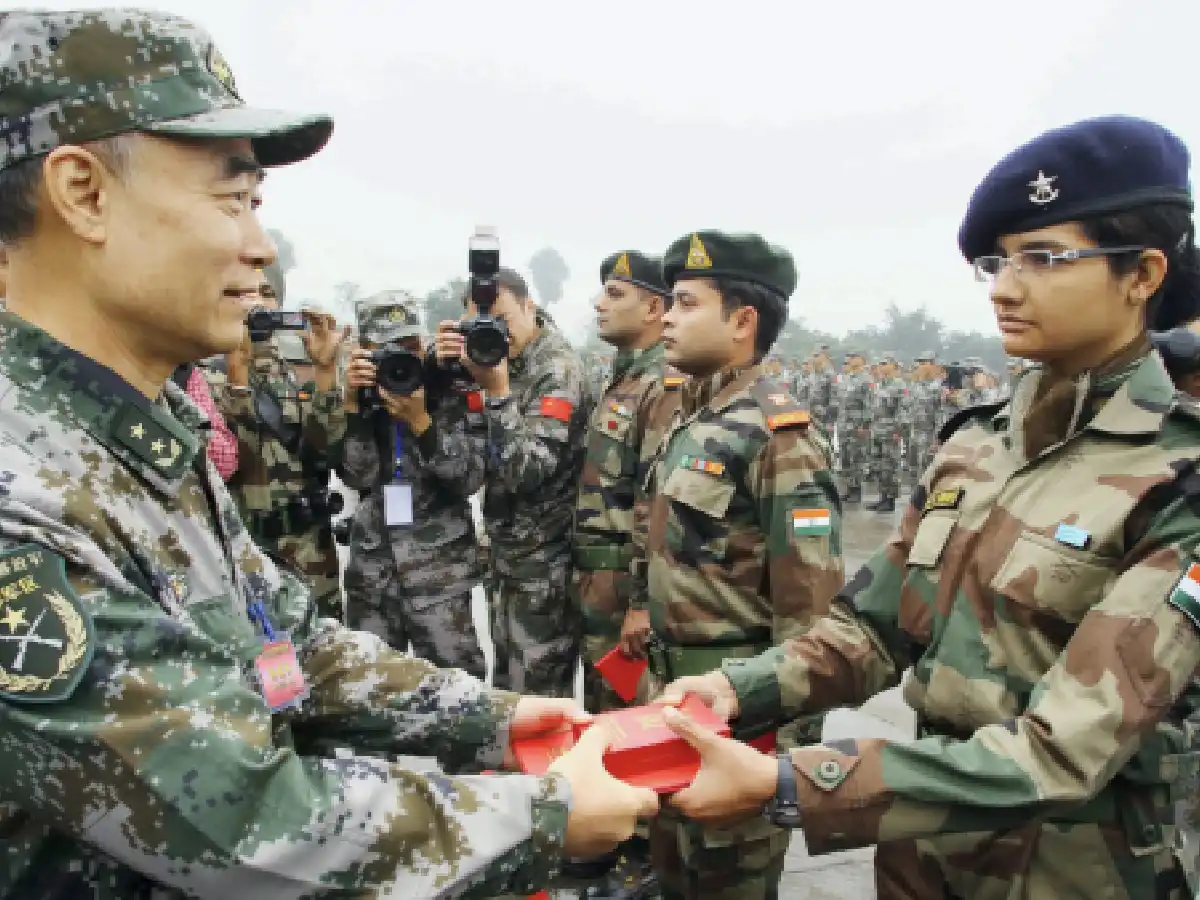India and China are starting to mend their relations after a prolonged period of tension. Following the Kazan meeting between PM Modi and Chinese President Xi Jinping, an agreement was made to withdraw troops on the LAC and China began removing its tents. Following this, the disengagement process began. On the 28th and 29th of October, both armies will withdraw. Patrolling will commence in numerous parts of the LAC simultaneously as previously done.
India and China have not agreed on any issue since the Galwan violence in 2020 until now. The disengagement is happening at the areas of friction in Demchok and Depsang in eastern Ladakh on the LAC. Based on the ANA report, this pact will only be valid in Depsang and Demschok. The forces of both parties will go back to the exact location they were stationed at prior to April 2020. Additionally, patrol will commence as it did previously.
Following the agreement, various locations saw the Indian Army withdrawing its deadly weapons. Allow us to inform you that the conflict regarding these two locations has intensified. Nevertheless, currently, it is uncertain what impact this agreement will have going forward, and whether the remaining border dispute will be resolved as well.
S Jaishankar, the Minister of External Affairs, stated that the first measure to decrease tensions further is the withdrawal from two conflict areas on the Ladakh border. He mentioned that establishing trust and peace initiatives in both countries will require some time. The Foreign Minister stated that the border situation was extremely poor on Saturday, leading to a deterioration in relations between the two countries. He mentioned that this agreement consists of three main issues.
The initial step is to eliminate the military forces of both nations in order to decrease the likelihood of tension and conflicts. The next step involves calming the situation down, followed by determining the management of the border and the process of resolving the dispute. He stated that discussions were not feasible due to the high level of tension along the border.

